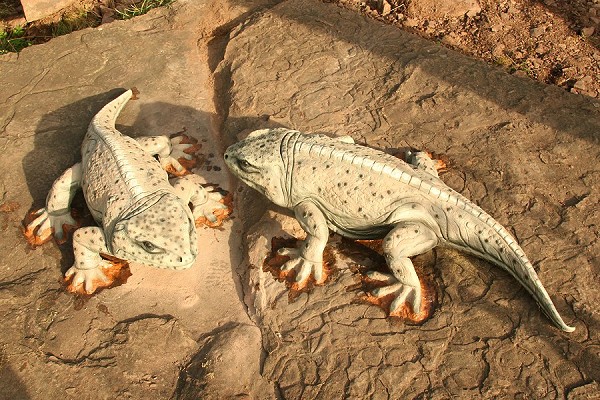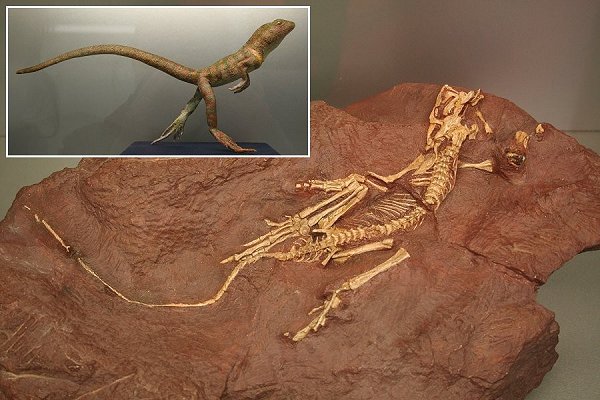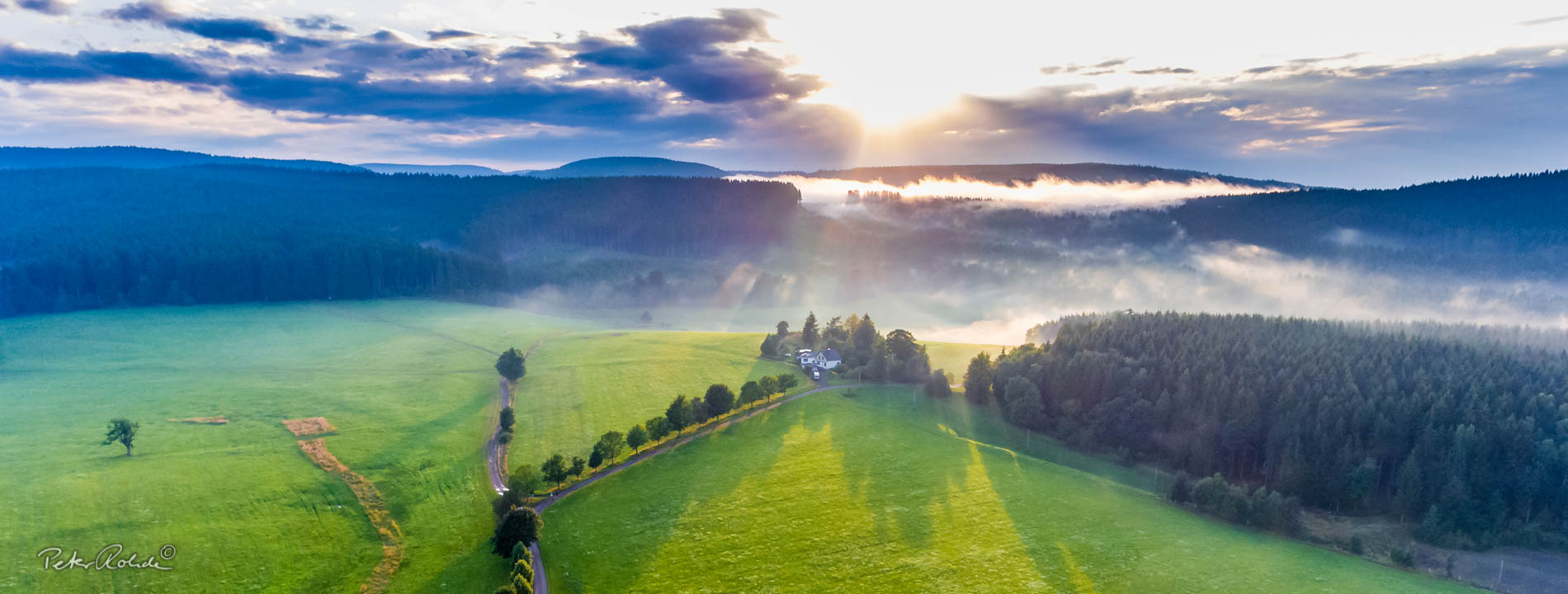
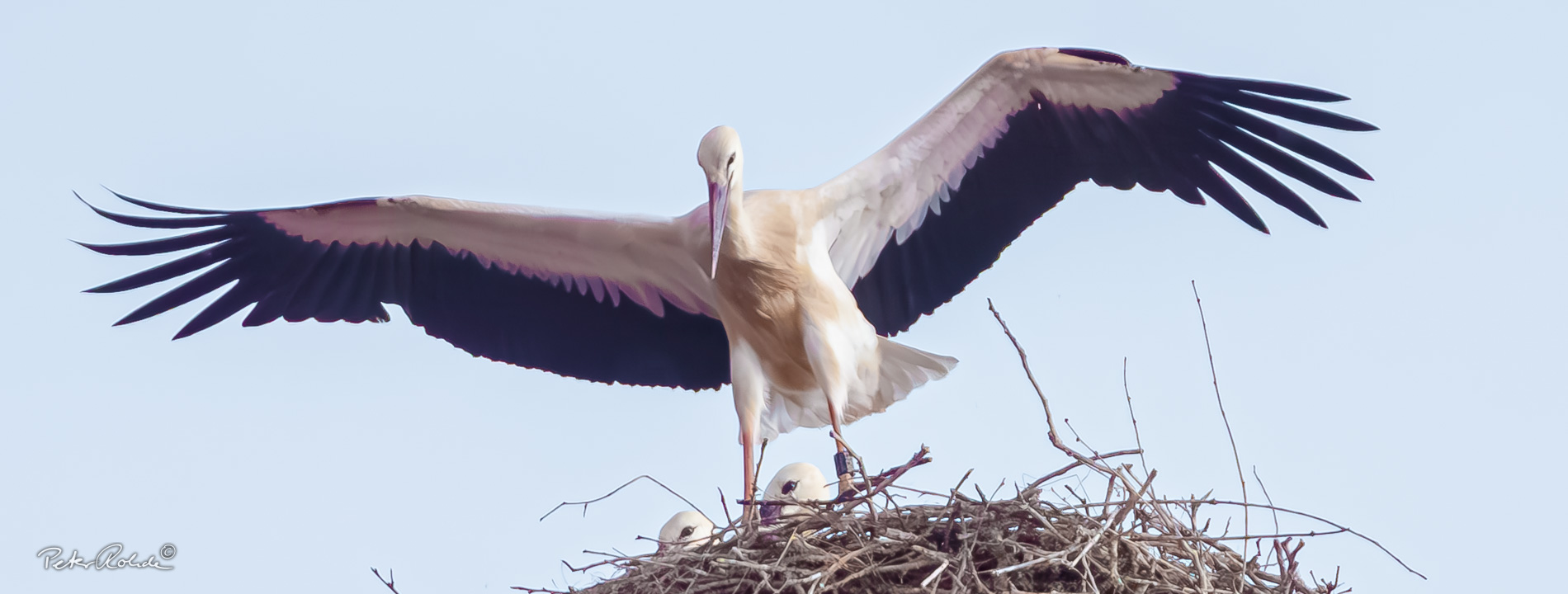
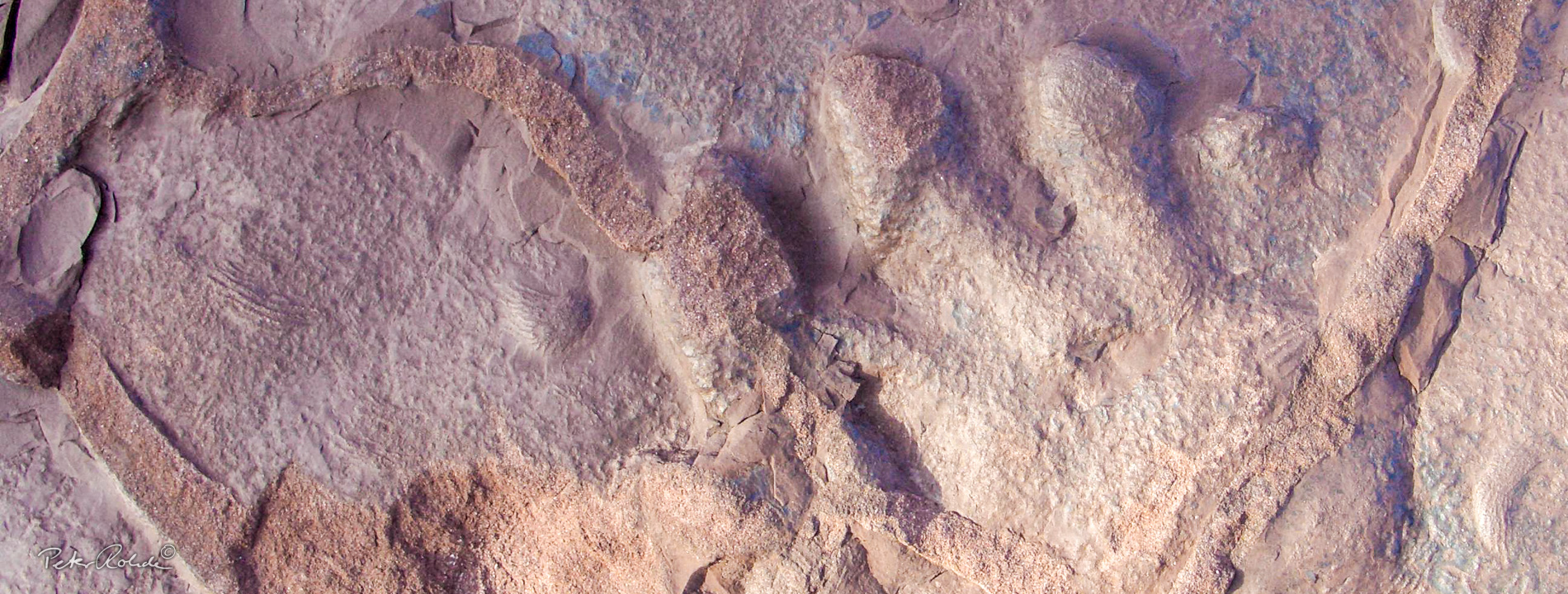


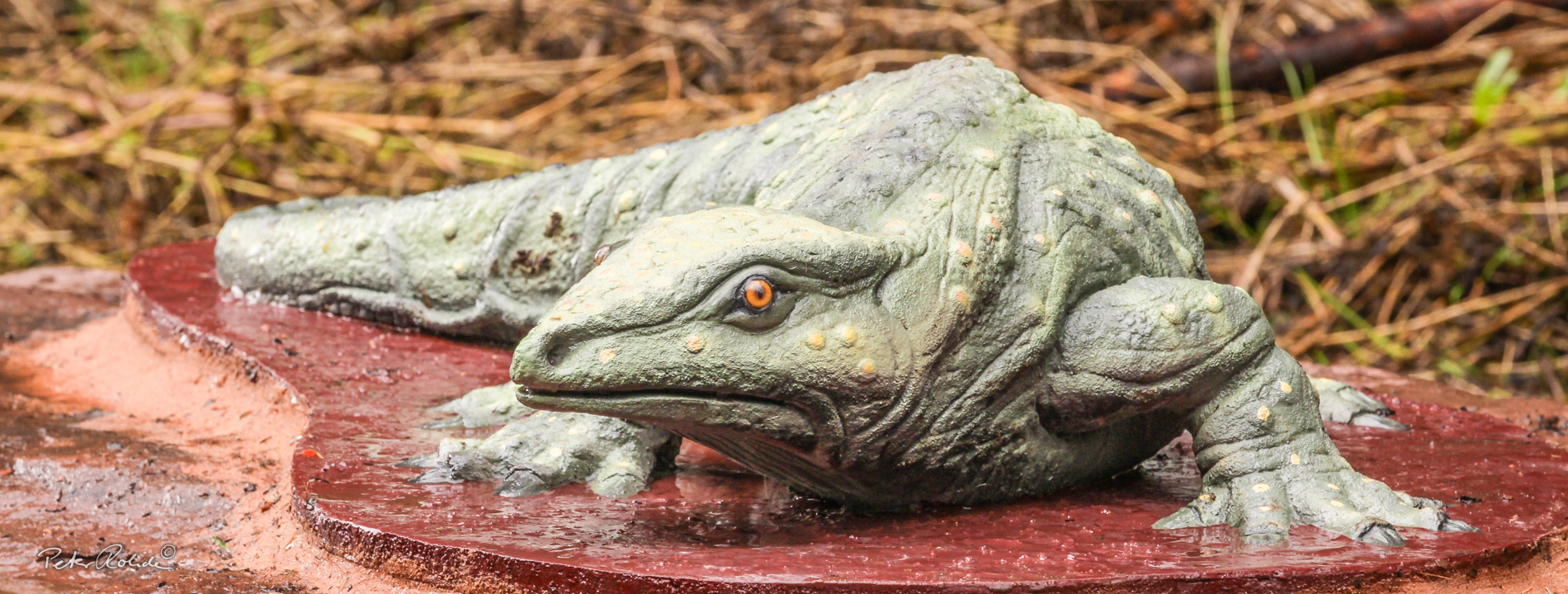
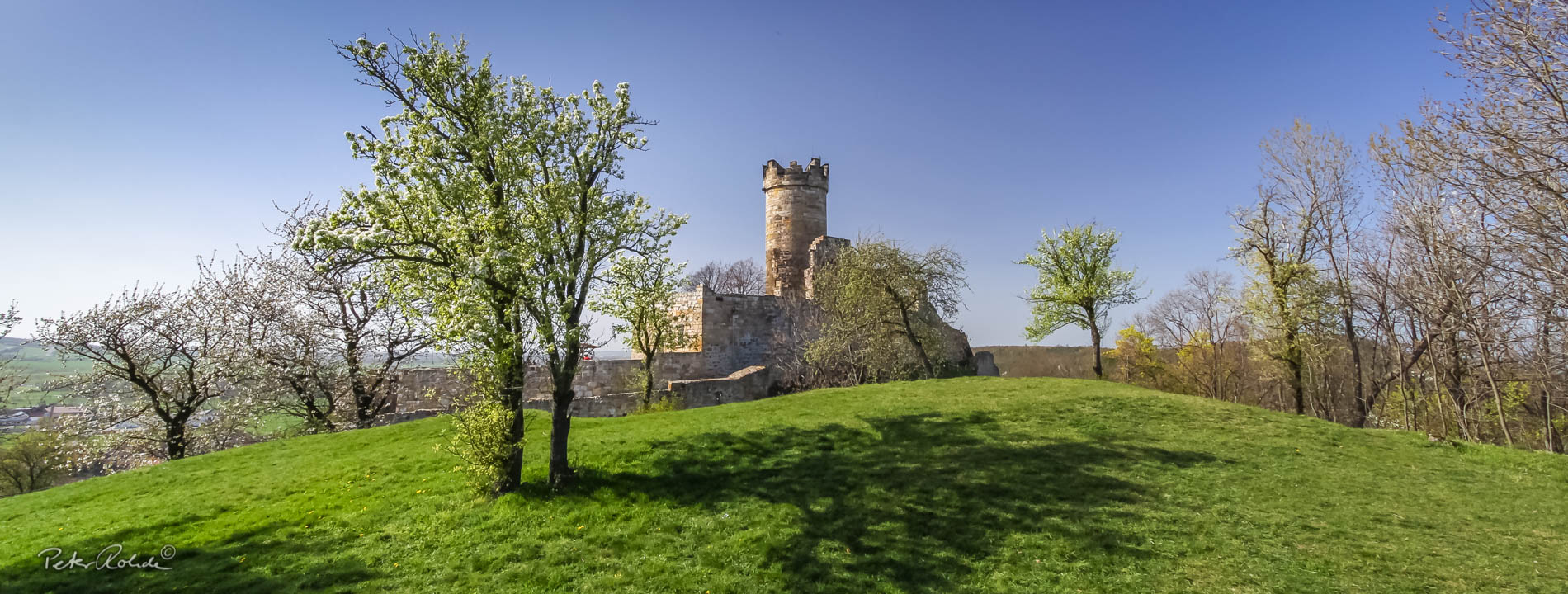

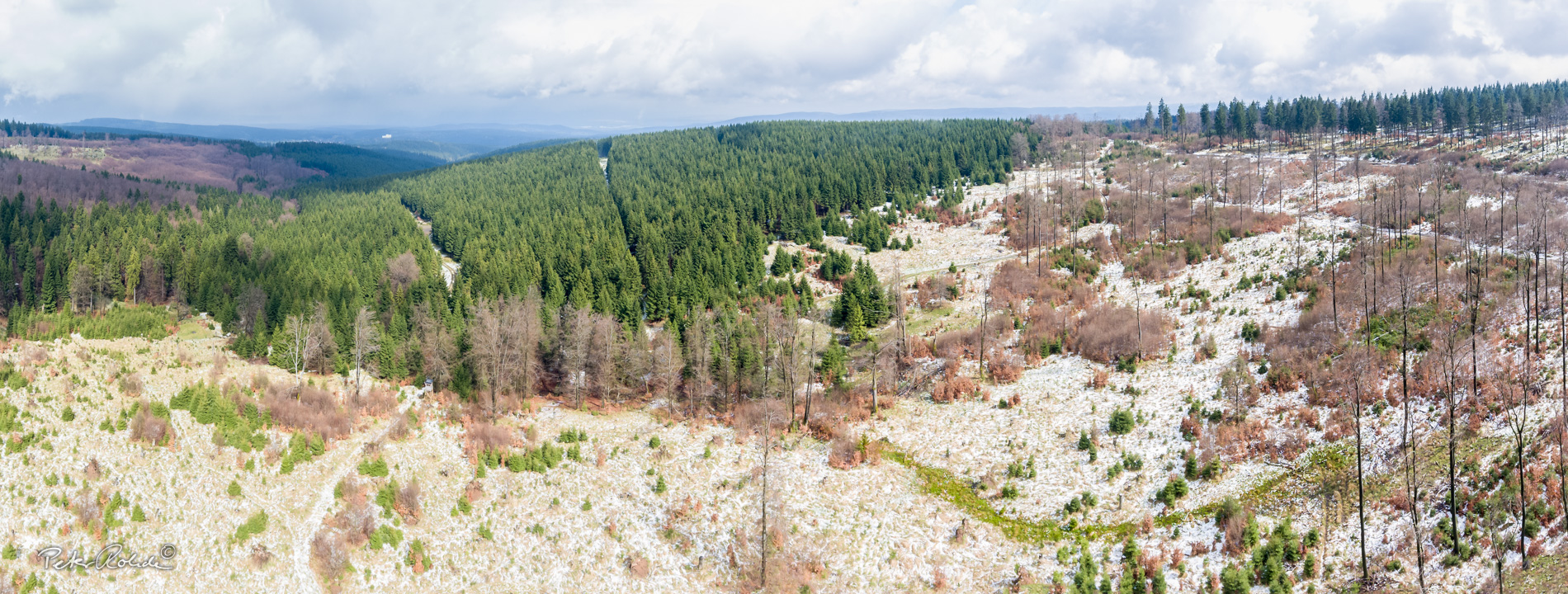









The Bromacker Fossil Site
Coordinates: 50° 48′ 35.04“ N, 10° 37′ 8.96“ E
The fossil site at the "Bromacker" between Georgenthal and Tambach-Dietharz is unique in Europe. The first track slabs were found here around 120 years ago. After that, the "Bromacker" quarries quickly became one of the most significant localities for Permian tetrapod tracks in the world. However, the real sensation was unearthed in 1974 when Dr. Thomas MARTENS who had been carrying out a geological survey chanced upon several bones in the siltstones overlying the sandstone. These bones were the first piece of evidence of the "makers" of the Tambach tracks.
Since 1978, Dr. Thomas MARTENS (www.ursaurier.de) has been leading annual excavations. As of 1993 the team also includes US palaeontologists. More than 40 skeletons, belonging to at least 13 different species have been discovered to date. Most of these are first discoveries on a global scale. These are early terrestrial vertebrates that often unite amphibian, reptilian and mammalian features. One can group these animals together under the name "early tetrapods".
The fauna is closely linked to the Lower Permian in North America. Species such as Seymouria sanjuanensis are also found in the Cutler-Formation of New Mexico (USA). This link clearly verifies the presence of land bridges between the Permian continents and therefore proves the existence of the supercontinent Pangaea.
However, the outstanding significance of this fossil site is that it represents a purely terrestrial ecosystem in a high plateau environment. This facies has not produced any important fossil sites especially in Europe. Usually the Permian vertebrate fossil sites represent lowland aquatic environments (lake sediments).
Today, after about three decades of research, the "Bromacker-Horizon“ is the best studied Lower Permian layer in the world in terms of sedimentology and palaeontology. The findings obtained here go far beyond vertebrate palaeontology. Most specimens can be seen at the Museum der Natur in Gotha.
The Saurian Discovery Trail
GeoRoute 6
The Saurian Discovery Trail was created for the visitors of the Bromacker tetrapod fossil site. The route links Georgenthal and Tambach-Dietharz to the fossil site. The grand opening of the trail took place on September 18, 2011 on Geotope Day. The route between Bromacker and Tambach-Dietharz was opened in May 2, 2017.
